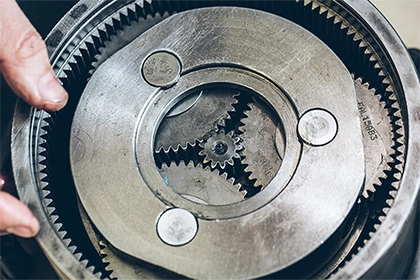
Is synchronous motor ac or dc?
A synchronous motor is an alternating current (AC) motor. The rotor (the rotating portion of the motor) of a synchronous motor spins at the same speed as the magnetic field formed by the alternating current (AC) travelling through the stator (the stationary part of the motor).
A synchronous motor is an AC motor. In a synchronous motor, the rotor (the part of the motor that rotates) rotates at the same speed as the magnetic field, which is created by the alternating current (AC) passing through the stator (the stationary part of the motor). This is in contrast to an asynchronous motor, where the rotor rotates at a different speed than the magnetic field.
To write an essay about the synchronous motor in an informational and science popularization style, you could start by providing a brief overview of how a synchronous motor works. You could explain that the stator creates a magnetic field, which the rotor aligns itself with and rotates in sync with. This synchronization allows the motor to operate at a constant speed, which is a key advantage of synchronous motors.
Next, you could discuss some of the other advantages of using a synchronous motor. For example, synchronous motors as AC motors are highly efficient and can deliver a high level of torque, making them well-suited for applications like generators and electric clocks. In addition, because the rotor always rotates at the same speed as the magnetic field, synchronous motors can be more accurate and reliable than asynchronous motors.
On the other hand, you could also mention some of the disadvantages of using a synchronous motor. For example, synchronous motors are more expensive and complex to maintain than asynchronous motors, and they require a separate source of AC power to create the magnetic field. In addition, synchronous motors can be less flexible and less able to adapt to changes in load or speed compared to asynchronous motors.
Finally, you could offer some tips for those who are considering using a synchronous motor on their own projects. For example, you could recommend that they carefully research the different types of synchronous motors available to find the one that best meets their needs, and that they consider the specific requirements and constraints of their application when choosing a motor. You could also suggest that they consult with experts or manufacturers to get advice and support on selecting and using a synchronous motor.
Overall, a synchronous motor is a type of AC motor that offers unique advantages and disadvantages compared to asynchronous motors.



Leave a Comment